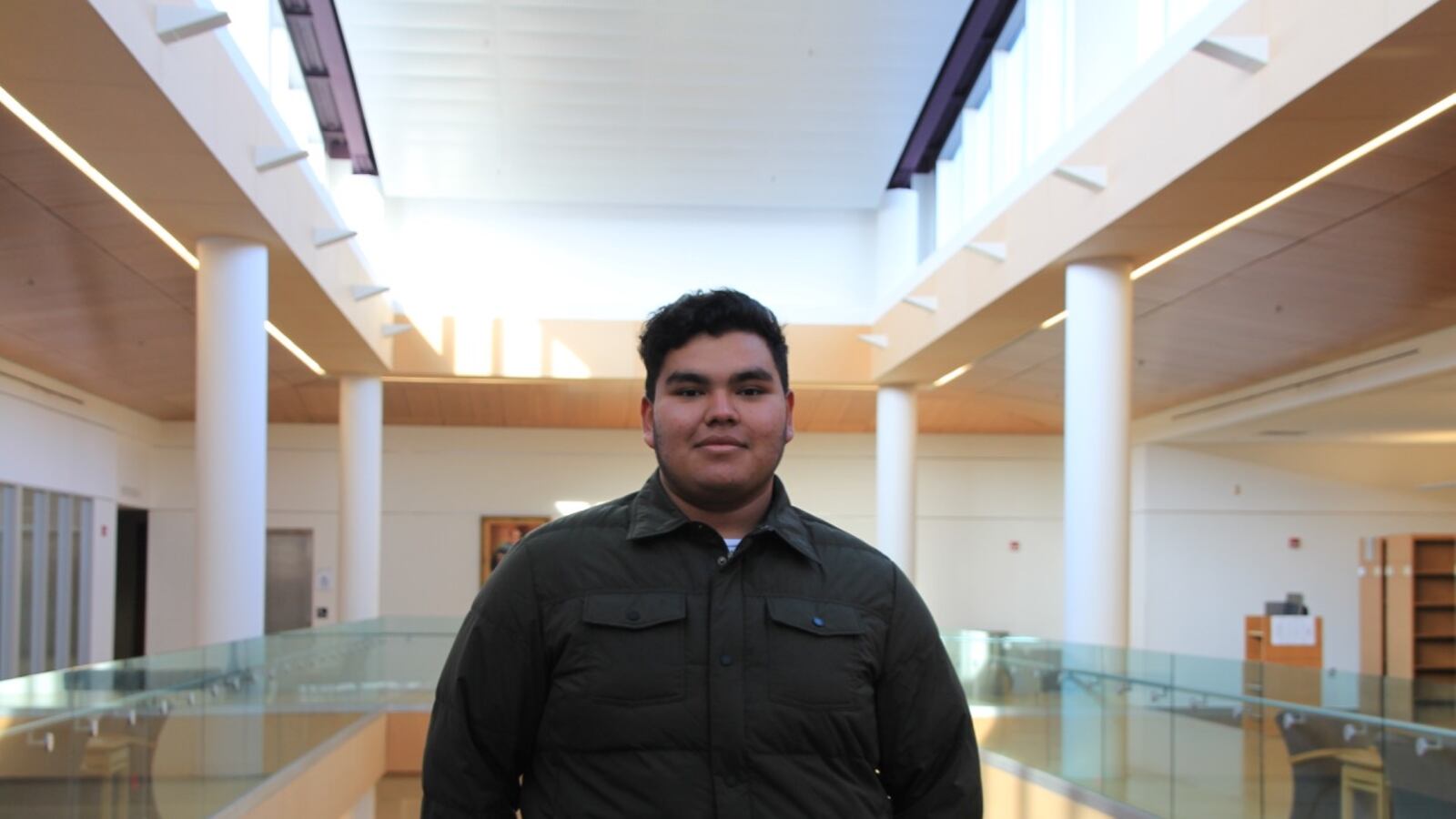New York has made national headlines by promising to make college free for all students, but it isn’t the first state to do so.
That honor belongs to Tennessee, which in 2014 announced that all high school graduates in the state could go to community college for free. Since then, more students are heading to college and they are taking on less debt, on average, to do so.
What can New York learn from Tennessee’s experience? The New York Times took a pass at that question this week and concluded that N.Y. Gov. Andrew Cuomo could start by cutting the fine print.
Recipients are … obligated to stay in New York for as many years as they received the awards, or risk having the grant be converted into a loan — a requirement that Tennessee officials and educators worried could be counterproductive. “I’m not sure that isn’t a solution in search of a problem,” said Mike Krause, executive director of the Tennessee Higher Education Commission. “Fine print is the enemy, and having the fine print say that your grant could become a loan could erode trust.”
It isn’t the first time that the fine print has drawn criticism. “This is a killer,” said Sara Goldrick-Rab, a professor at Temple University who studies college affordability, told Chalkbeat when we revealed the catch in Cuomo’s program last month. “This is something you can’t trust. And you’re bringing back debt, which is the thing that everybody is trying to avoid.”
Another element of Tennessee’s program that New York could emulate: helping students navigate their new options. Cuomo’s plan for the Excelsior Scholarship contains no special advising, something that higher education insiders say is crucial to keeping students who otherwise might struggle from dropping out. In contrast, Tennessee has brought on thousands of volunteers to help students get to and through college — although it has had a hard time finding enough people to do the job.
Despite their differences, the programs are similar in crucial ways. They both aim to fill the gaps that remain after students collect other scholarships — and will require students to seek federal aid before getting state support.
After a major push to get Tennessee students to apply for federal aid, 70 percent now do, compared to 57 percent in New York, the Times reported. A similar push in New York could capture more of the money that students in the state are already entitled to.
And even with fine print in place, the New York program could potentially generate a shift in thinking about college access that Tennessee high schools have reported.
“Once they hear ‘free,’ they perk up,” a counselor at a Nashville high school told Chalkbeat earlier this year. “There are definitely kids who wouldn’t have continued their education” without Tennessee Promise.


